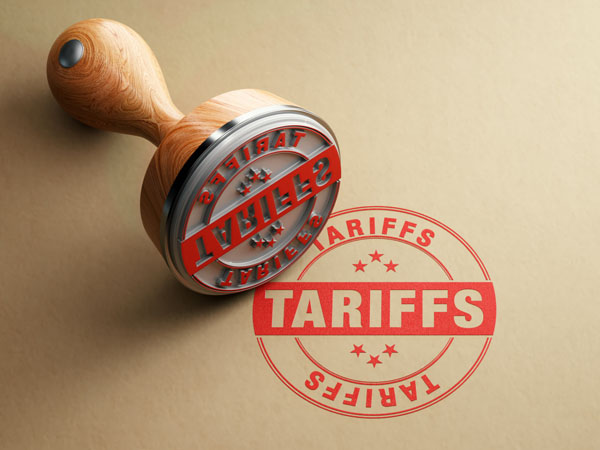
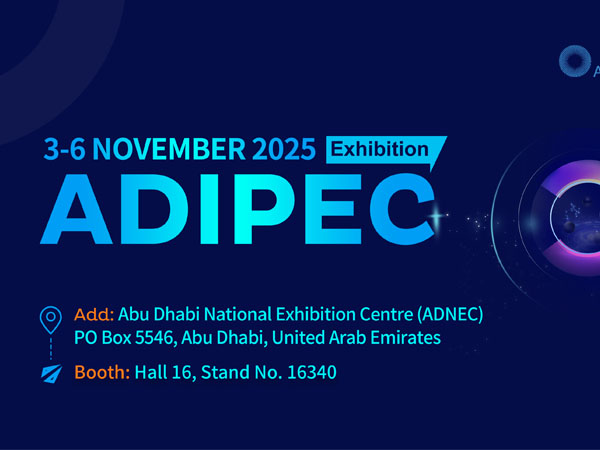
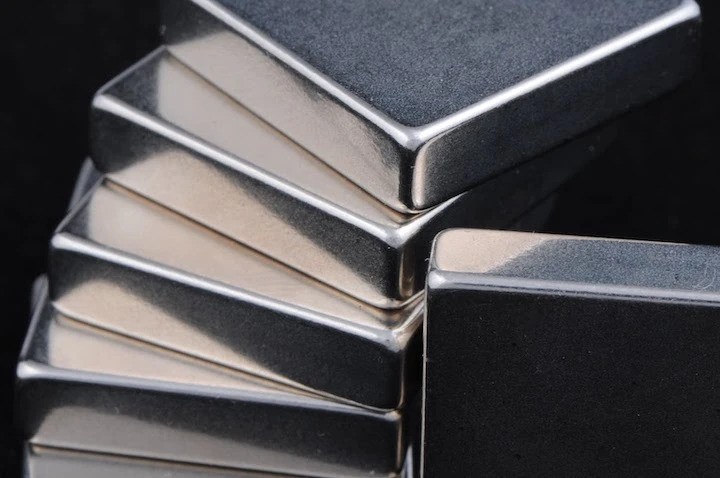
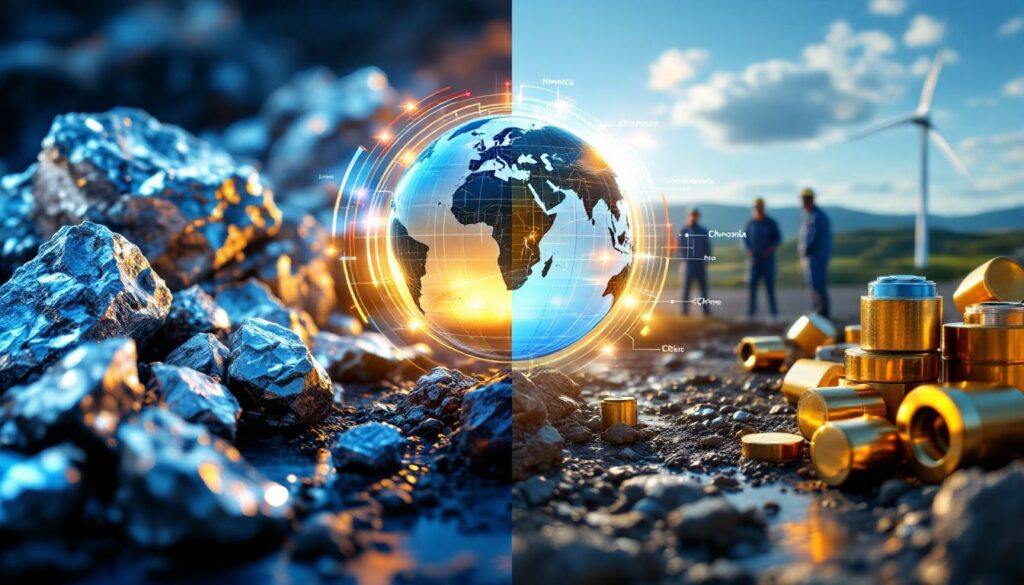
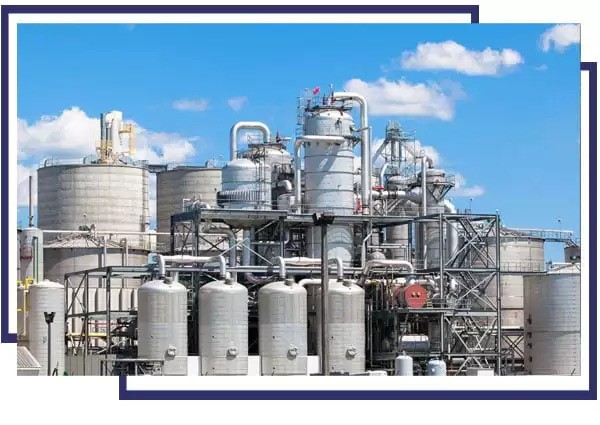

Phone
+86-731-82250427
Address
25th floor, C3 Building, Wanda Plaza, Kaifu District, Changsha, Hunan Province, China.
 May 24 2023
May 24 2023Welding processing refers to a processing method in which weldments are combined by heating or pressing, or both. According to the state of the metal in the welding process, welding methods can be divided into three categories: fusion welding, pressure welding and brazing. Among them, arc welding is the most common application in fusion welding.
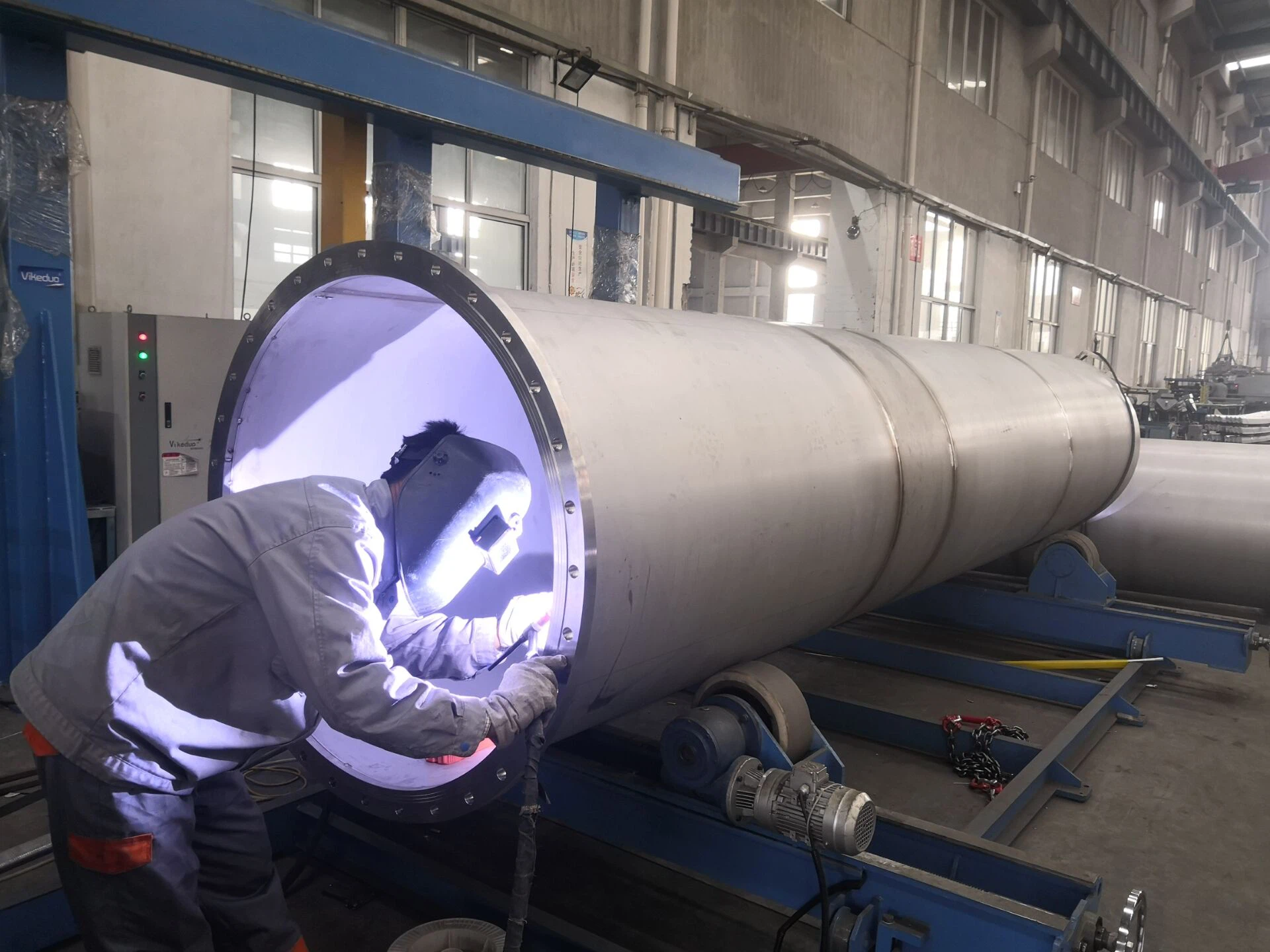
Welding refers to a processing method in which weldments are combined by heating or pressing. According to the different welding processes, welding methods can be divided into three categories: pressure welding, fusion welding and brazing. Among them, arc welding is the most common application in fusion welding.
Fusion welding: a welding method that melts the base metal at the place to be welded, but does not apply pressure to form a weld.
Pressure welding: During the welding process, pressure (heated or not) must be applied to the weldment to complete the welding method, including solid state welding, hot pressure welding, forging welding, diffusion welding, air pressure welding and cold pressure welding.
Brazing: use a metal material with a lower melting point than the base material as the brazing filler metal, heat the weldment and brazing filler metal to a temperature higher than the melting point of the brazing filler metal but lower than the base metal melting point, and use the liquid brazing filler material to wet the base metal to fill the joints The method of connecting weldments by mutual diffusion with the base material. According to the different solders used, it can be divided into two types: brazing and soft soldering.
The welding processing has the following characteristics:
Compared with imperial welding, welding has the advantages of saving metal materials, high productivity, high joint strength, good sealing performance, and easy realization of mechanization and automation.
Compared with casting, the welding process is simple, the production efficiency is high, the material is saved, and the cost is low, which is conducive to the renewal of the product.
For large and complex structural parts, the composite process of casting-welding, forging-welding, and punching-welding can be used to realize small pieces and reduce complexity, so as to overcome the insufficiency of casting or forging equipment and help reduce Cost, save materials, and improve economic efficiency.
It can connect dissimilar metals to facilitate the manufacture of bimetallic structures. For example, the cemented carbide blade and the turning tool holder are welded together to overlay a layer of wear-resistant material on the surface of the worn workpiece to extend its service life.
However, welding also has some shortcomings, such as the structure cannot be dismantled, and it is inconvenient to replace and repair; the welding structure is prone to stress and deformation, and welding defects are prone to occur. Welding technology is mainly used in the manufacture of metal structures, such as building structures, hulls, vehicles, aerospace, electronic and electrical products, boilers and pressure vessels.
